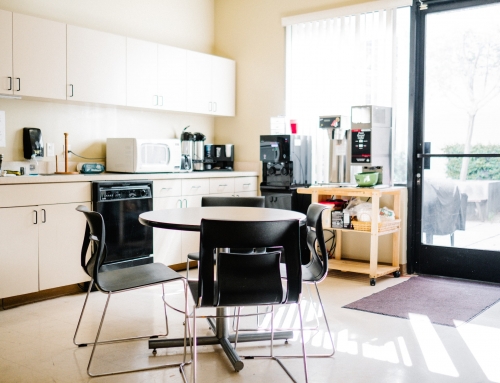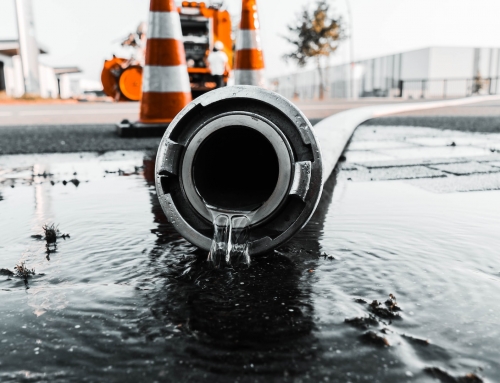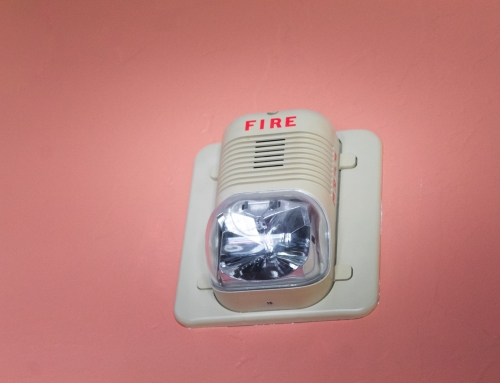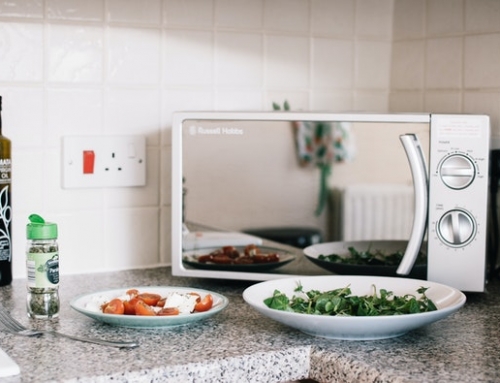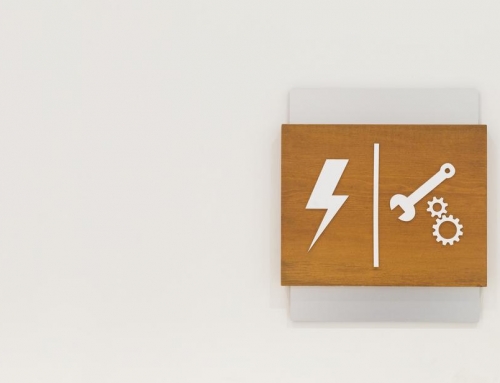Whether you’re running a commercial kitchen, working in a food truck, managing a restaurant, or simply cooking at home, there are a number of things you can do to improve electrical safety in the kitchen.
At Jim’s Test & Tag, we are your experts in electrical safety. We offer electrical testing and tagging services to people all around the nation.
Take a look at our kitchen safety tips and let us know if you have any questions.
Your safety is our business.
Electrical Hazards in The Kitchen
The first step to a safer kitchen is risk management.
Make a list of all the potential risks in your workplace and have a plan in place to manage them. Identify any hazards and correct them.
Common electrical hazards include the following:
- unlabelled chemicals/incorrect storage of chemicals
- overloaded power points and power boards
- water puddles and spills near electrical appliances
- non-maintained or old electrical appliances
Common risks in kitchens include the following:
- electrical shock
- fire or burns
- slips
- cuts
You can manage the risk of electrical shock by making sure your residual current device (RCD) is working correctly. That way, if danger is detected, your RCD can intervene before an injury occurs. Our technicians conduct RCD testing services.
Tips for Electrical Safety in the Kitchen
There are a number of things you can do to increase safety in your kitchen. Follow these tips and consult with your local workplace safety authority for more information.
- Power sockets – make sure power sockets aren’t installed near sinks to avoid contact with water. The same goes for appliances that use water.
- Don’t leave electrical appliances running when you aren’t in the kitchen
- Check for visual damage to your electrical appliances
- Don’t wrap electrical cords around appliances while they are still hot
- Don’t overload your power cords and power boards with too many appliances
- Turn off the toaster and unplug it before trying to remove any objects that are stuck inside. Never use a metal knife to extract anything
- Don’t use electrical appliances that have been wet
- Keep your kitchen clean – less clutter will lead to less accidents
Fire Safety Tips
- clean out your oven regularly to remove fat build up that could lead to fire
- make sure there is a working fire blanket and smoke alarm installed
- make sure there is a gap between your fridge and the wall
- avoid placing objects on top of your microwave (which can reduce ventilation)
- clean range hood regularly
You can increase electrical safety in the kitchen by making sure your staff members know how to reduce risks and how to conduct themselves during emergencies. Provide them with fire and electrical safety training to make sure they can operate fire protection equipment and avoid electrical shock.
Professional Inspection Services
If you use a kitchen for work, you need to adhere to electrical safety regulations. That’s where we come in.
As a business owner or manager, you are obligated to provide a safe working environment for your employees. This means having your appliances tested and tagged, checking RCDs, maintaining fire protection equipment, and repairing damaged items.
All you need is one appointment with one of our experienced technicians. Call us now to improve electrical safety in the kitchen. Protection for you and your employees is only a phone call away.
Prefer to contact us online? Not a problem. Just fill in the online form for a free quote.



